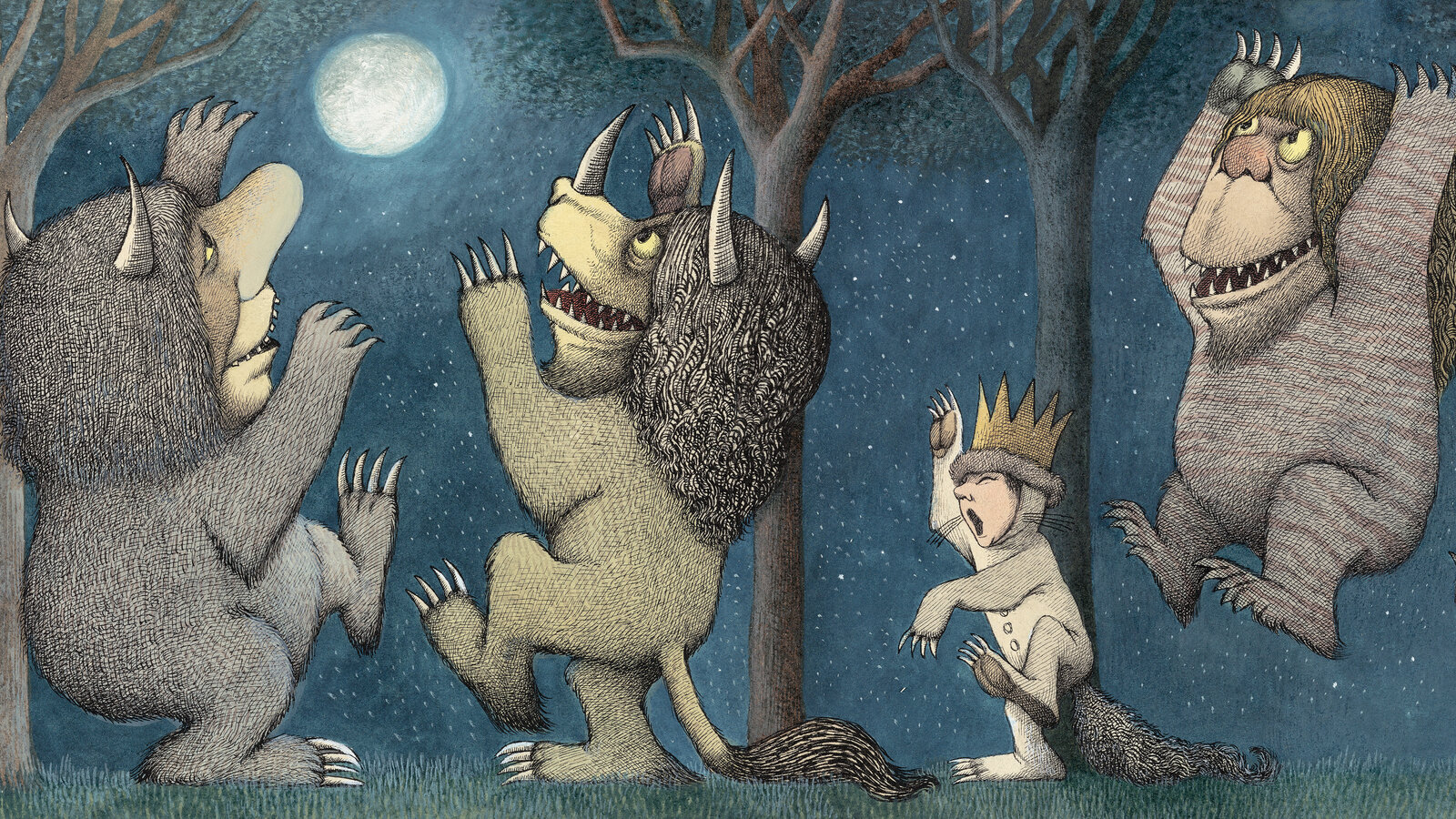Explore the works of 7 popular children’s book authors who have played a crucial role in shaping a child’s imagination and gifting some of the most memorable characters of all time.
In the realm of children’s literature, there exists a treasure of extraordinary authors whose timeless creations continue to captivate readers of all ages. Today, we will explore the enduring works of seven exceptional children’s authors and discover the lasting legacy they have left upon the literary landscape.
These literary giants have crafted stories that have stood the test of time, transcending generations. Their books are not only cherished childhood companions but also hold a special place in the hearts of adults who fondly recall the wonder and joy they experienced as young readers. These authors have shaped the landscape of children’s literature and continue to inspire the imaginations of readers around the world.
We must also remember that the authors discussed here represent just the tip of the iceberg. From old classics to new favorites, there are so many wonderful children’s books waiting to be discovered. May these authors and their works continue to help us discover and rediscover the magic and joy of reading and getting lost!
1. Lewis Carroll ( 1832 – 1898)
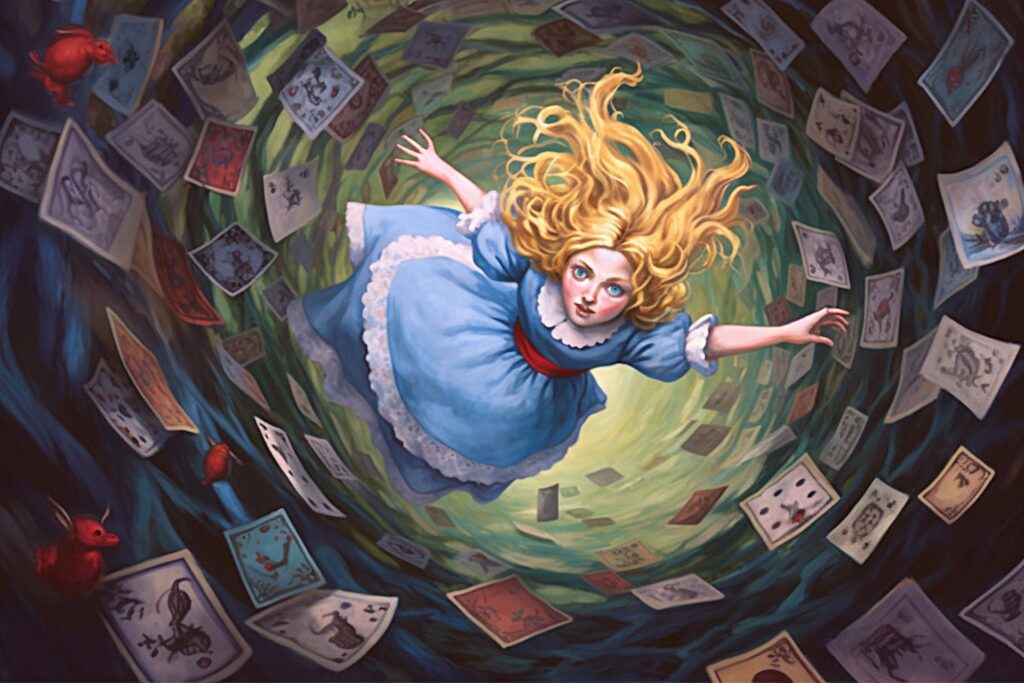
In the whimsical realm of children’s literature, the name of Lewis Caroll stands out. Born Charles Lutwidge Dodgson in England in 1832, Caroll was a renowned writer and mathematician. Carroll’s interest in writing and storytelling began at a young age, as he entertained his siblings with imaginative tales. His most famous work, Alice’s Adventures in Wonderland, was inspired by his close relationship with Alice Liddell, the daughter of a family friend. Carroll’s love for puzzles, wordplay, and absurd humour shines through in his writing.
In his masterpiece, he invites us to embark on a journey filled with peculiar creatures and bewildering riddles in a fantastical landscape. Alice, a curious young girl, falls down a rabbit hole into a world where nothing is as it seems. Alongside her, we meet a colourful cast of characters – the enigmatic Cheshire Cat, known for its mischievous grin and perplexing advice; and the Mad Hatter and the March Hare, who are forever stuck in a never-ending tea party; the formidable Queen of Hearts, with her penchant for shouting “Off with their heads!” at the slightest offence; among others. Through her journey, Alice learns important lessons about identity, imagination, and embracing uniqueness. She faces trials and ultimately realises her power and agency.
Published in 1865, this remarkable book got translated into over 100 languages, captivating audiences across the globe. Caroll has an extraordinary ability to transport readers to a world of nonsensical wonders. It serves as a timeless reminder that sometimes, the most extraordinary journeys happen when we let go of logic and embrace the wonders of the unknown.
Also Read: Which Alice in Wonderland Movie Is Best?
2. Beatrix Potter (1866 – 1943)
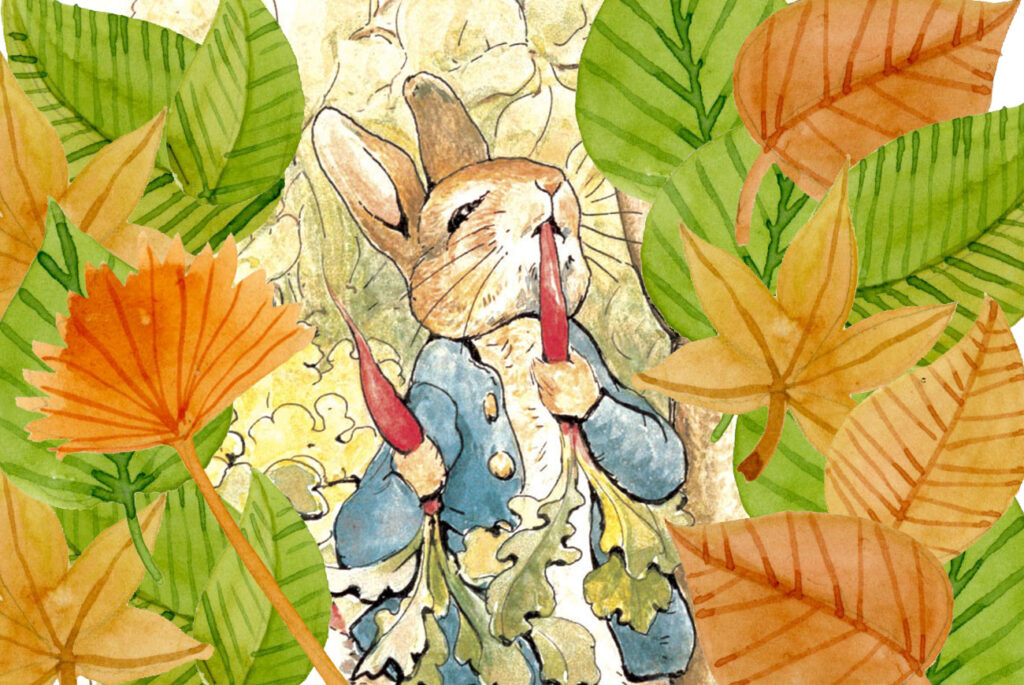
Potter, born in London in 1866, was an English author and illustrator. Her love for nature and animals greatly influenced her writing career. Growing up in the English countryside, she developed a deep connection with the flora and fauna surrounding her. Her most famous work, The Tale of Peter Rabbit, was initially written as a letter to entertain the children of her former governess. Potter’s intricate illustrations and meticulous attention to detail brought her animal characters to life, captivating young readers. In addition to writing, she was a conservationist and used her book royalties to purchase land and preserve it as nature reserves, showcasing her passion for the environment.
Her books have been translated into numerous languages, allowing children all around the world to experience the magic of her animal friends. In these heartwarming stories, we meet a host of beloved characters. Peter Rabbit, mischievous yet lovable, finds himself in all sorts of predicaments as he ventures into Mr McGregor’s garden. Benjamin Bunny, Peter’s cousin, is equally adventurous, often accompanying Peter on his escapades, and who can forget the wise and gentle Flopsy, Mopsy, and Cottontail, Peter’s sisters, who provide comfort and guidance when trouble looms near?
Her illustrations bring these tales to life, with their intricate details and lifelike portrayals of animals. From the cosy burrows of rabbits to the bustling community of mice, Potter’s artistry transports us into a miniature world where animals possess human-like qualities. She teaches us valuable lessons about friendship, bravery, and the importance of respecting nature. With her gentle prose and keen observation of the natural world, her stories celebrate the simple joys of life and foster an appreciation for the beauty in our surroundings. She invites us to pause and marvel at the wonders of nature, to be kind and considerate towards animals, and to embrace the curiosity and adventurous spirit within us.
3. Dr. Seuss (1904 – 1991)
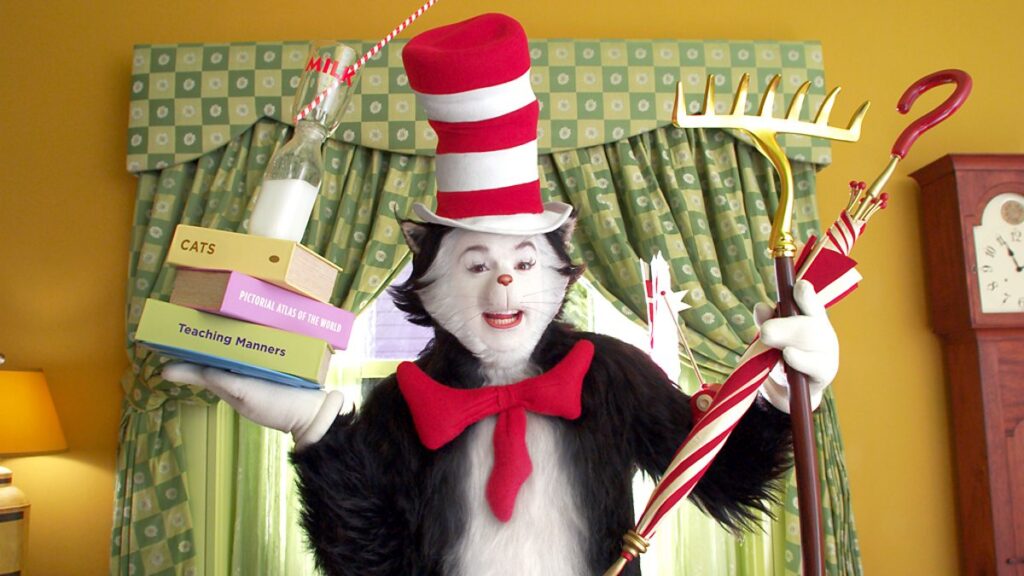
Theodore Geisel, popularly known as Dr. Seuss, was born in Massachusetts, USA, in 1904. Dr. Seuss’s interest in writing and drawing was sparked during his college years when he contributed cartoons and humorous articles to the school magazine. His iconic rhyming picture books, such as The Cat in the Hat, revolutionized children’s literature. Dr. Seuss used his unique storytelling style to convey important messages about imagination, self-expression, and social issues in an engaging and accessible manner.
Through his clever use of rhyme and inventive storytelling, Dr. Seuss not only entertains but also imparts valuable life lessons. His books teach us about the importance of embracing our individuality (The Sneetches and Other Stories), overcoming challenges with determination (Oh, the Places You’ll Go!), and embracing the joy of reading and learning (I Can Read with My Eyes Shut!). Dr. Seuss’s mastery lies in his ability to transform words into playful melodies and infuse his stories with rhythmic rhymes.
His whimsical illustrations further enhance the immersive experience of his stories. From the colorful Truffula trees of The Lorax to the fantastical creatures of If I Ran the Zoo, his illustrations transport us to imaginary worlds where anything is possible. With his boundless creativity and infectious sense of fun, Dr Seuss has instilled a love of reading in countless children. His books ignite the imagination, encourage playful exploration of language, and leave readers with a sense of delight.
4. Roald Dahl (1916 – 1990)

Roald Dahl, born in Wales in 1916, was a British author known for his darkly humorous and imaginative stories. Dahl’s childhood experiences and love for storytelling shaped his writing career. Inspired by his time spent in boarding schools, his stories often featured mischievous children navigating fantastical and often perilous adventures. Charlie and the Chocolate Factory remains one of Dahl’s most beloved works, blending his whimsical imagination with themes of morality and the consequences of greed.
In Charlie and the Chocolate Factory, we join young Charlie Bucket as he explores the mysterious Willy Wonka’s chocolate factory. Along the way, we encounter a variety of characters, from the eccentric Oompa-Loompas to the spoiled and bratty Veruca Salt. As other children fall for the beautifully crafted traps Wonka set for them, Charlie shows restraint, maturity, and composure and ends up winning the grand prize of the factory itself. Through Charlie’s journey, Dahl teaches us about the power of kindness, the perils of greed, and the importance of embracing our true selves.
His simple storytelling and dark humor characterize Roald Dahl’s writing style. He tackles challenging themes with a light-hearted touch, teaching moral lessons throughout his narratives. For example, in Matilda, we learn about the power of knowledge and the importance of standing up against injustice. His books transport us to worlds where dreams come true and underdogs triumph. Dahl’s stories encourage us to embrace our differences, stand up against injustice, and believe in the extraordinary potential within ourselves.
5. A.A. Milne (1882 – 1956)
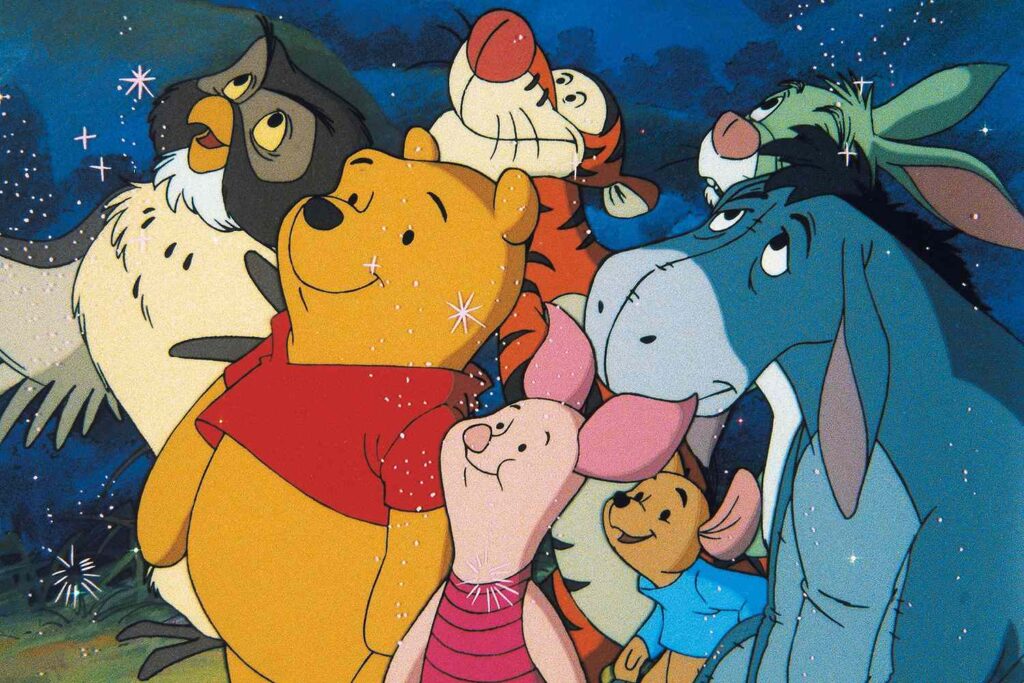
Alan Alexander Milne, born in London in 1882, was an English author and playwright. Milne’s inspiration for writing children’s stories came from his son, Christopher Robin (yep, the same one) Milne. His most famous work, Winnie-the-Pooh, introduced readers to a lovable bear and his adventures in the Hundred Acre Wood.
Pooh’s gentle nature and insatiable love for honey make him an endearing character that resonates with readers of all ages. Joined by his loyal friends, including the sweet boy Christopher Robin, the timid Piglet, the wise and caring Owl, the bouncy Tigger, the gloomy Eeyore, and the energetic Kanga and Roo, Pooh embarks on delightful adventures that teach us valuable life lessons.
Milne’s stories are filled with warmth, humour, and a touch of pure bliss. Through the gentle adventures of Pooh and his friends, we learn about the power of friendship, the importance of kindness, and the joys of simple pleasures. Milne’s prose captures the essence of childhood innocence and the timeless wonder found in everyday moments. The storytelling is complemented by the charming illustrations of Ernest H. Shepard, which bring the characters to life and add a delightful visual dimension to the stories. They remind us that we need to embrace the joy of companionship, appreciate the beauty of nature, and find happiness in the simplest of things.
Also Read: The Tonal Difference between Peter Rabbit [2018] and Christopher Robin [2018]
6. CS Lewis (1898 – 1963)
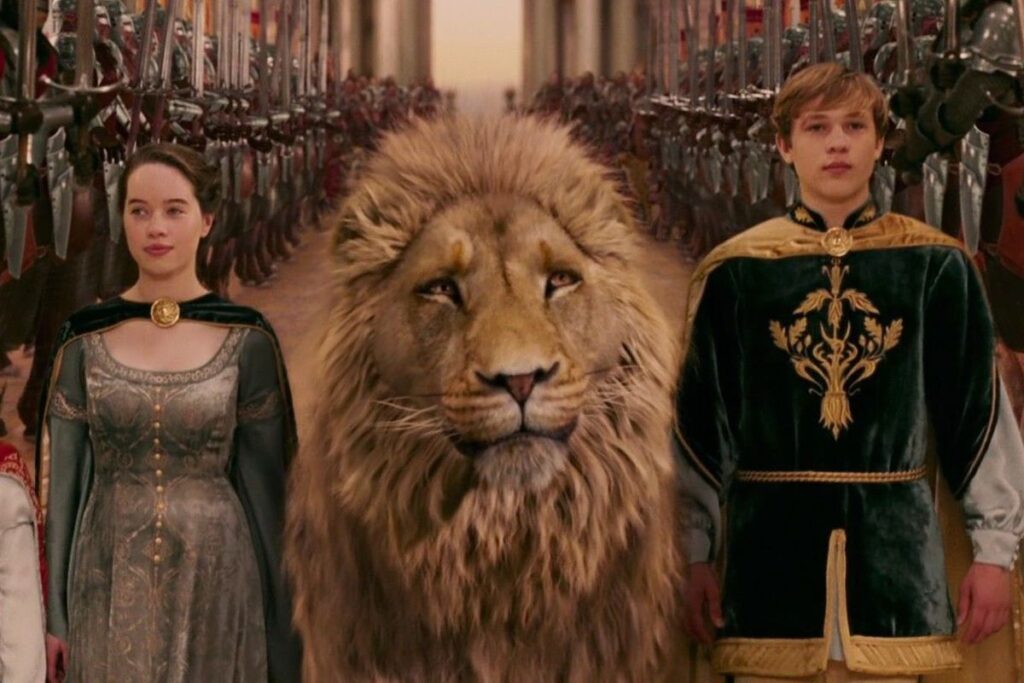
Clive Staples Lewis, known as C.S. Lewis, was born in Belfast, Ireland, in 1898. Lewis’s interest in writing and mythology began in his childhood, and he went on to become a renowned author and scholar. His most famous work, The Chronicles of Narnia, transported readers to a magical world where children embarked on extraordinary adventures. Influenced by his Christian faith, Lewis infused his stories with moral and spiritual themes, creating a richly detailed and allegorical universe. Lewis’s imaginative storytelling, memorable characters, and thought-provoking narratives have made him a significant figure in the realm of modern fantasy literature.
In the land of Narnia, a magical world hidden beyond the wardrobe, we encounter a rich tapestry of characters and embark on epic journeys. From the courageous and noble lion Aslan, the true ruler of Narnia, to the resourceful and determined Pevensie children – Peter, Susan, Edmund, and Lucy – Lewis’s characters come alive with charismatic personalities and complex emotions. Lewis’s storytelling prowess lies in his ability to weave fantastical elements with profound themes. His books delve into the nature of good and evil, the power of faith and redemption, and the triumph of love and courage.
Lewis’s vivid descriptions transport us to Narnia’s breathtaking landscapes, from the snowy expanses ruled by the White Witch to the lush forests inhabited by talking animals. His detailed world-building creates a sense of awe and wonder, allowing readers to lose themselves in the enchantment of the story. The Chronicles of Narnia ignites the imagination, inspires moral reflection, and awakens a sense of wonder about the unknown. Lewis’s stories remind us that magic will always be found in the ordinary and that courage and compassion can triumph over darkness.
Also Read: Discovering Indian Mythology: 10 Books on Gods, Goddesses, and Epics
7. Maurice Sendak (1928 – 2012)
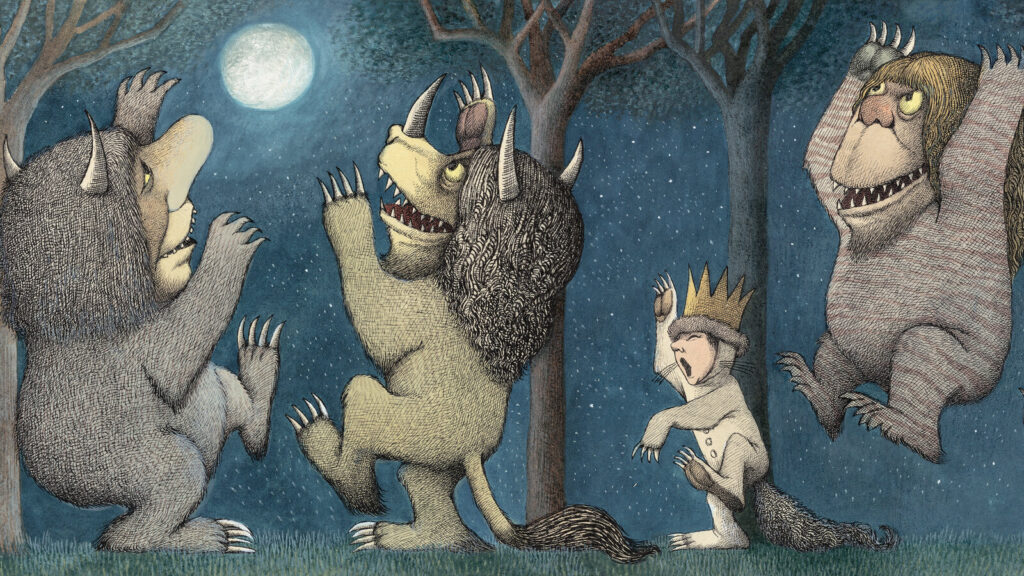
Maurice Sendak, a master of emotional depth, has captured the hearts of readers since the 1960s with his poignant and thought-provoking tales. Born in New York City in 1928, Sendak was an American author and illustrator known for his emotionally resonant children’s books. Sendak’s interest in drawing and storytelling developed during childhood, influenced by his love for comics and illustrations. Where the Wild Things Are remains one of his most acclaimed works, exploring the wild and complex emotions of a young boy named Max. His evocative illustrations and heartfelt storytelling have left a lasting impact on children’s literature.
In Sendak’s works, we encounter characters who navigate the emotional landscape with rawness and authenticity. From the mischievous and rebellious Max in Where the Wild Things Are to the tender and introspective Little Bear in Little Bear’s Visit, Sendak’s characters allow us to explore a wide range of emotions, from joy and excitement to fear and loneliness. Sendak’s writing is marked by its poetic and evocative language, which invites readers to immerse themselves in the emotional experiences of his characters. He tackles themes such as fear, imagination, and the search for belonging, offering a deeper understanding of the complexities of childhood emotions.
Sendak’s illustrations, with their intricate details and vibrant colours, beautifully complement his narratives, adding another layer of depth to the stories. Each brushstroke and line captures the essence of the character’s emotions, inviting readers to explore the visual landscape and uncover the hidden layers of meaning within the illustrations. Through his stories, Sendak gently reminds us that it is okay to feel a plethora of emotions. He encourages us to confront our fears, embrace our imaginations, and navigate the complexities of growing up with courage and resilience. His books serve as a mirror, reflecting the universal experiences of childhood and allowing readers to find solace and connection in the pages.

